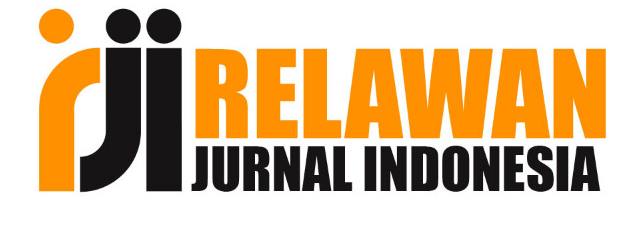THE COMMUNICATIVE LANGUAGE TEACHING TECHNIQUE TO MASTER SPEAKING SKILL FOR THE STUDENTS AT SMA NEGERI 3 PALEMBANG
DOI:
https://doi.org/10.36982/jge.v3i1.22Abstrak
Speaking is classified as a productive skill which takes an important role in mastering English. As productive skill, speaking becomes a measurement whether learners have mastered English or not. In this case, learners will think whether they have mastered the language or not by measuring their spoken ability in using the language itself. In addition, speaking is considered as a crucial part of second language teaching and learning because English learners need to master it in order to be able to communicate in real life. Communicative Language Teaching is the innovation of the foreign language teaching. Not only does it improve students’ communicative competence effectively, but also carries out the quality education in foreign language teaching. Furthermore, this paper is intended to discuss problems in testing oral proficiency, some elicitation techniques in testing oral proficiency and students’ low competence in using English for communication. Consequently, CLT is promoted students have many abilities to speak and understand English. The CLT technique to master speaking skill for the students at SMA Negeri 3 Palembang. It tries to improve speaking skill and make the students more active in the class because it contains some activities that encourage the students to speak up in the class.
Referensi
Ben, B. (1982). In Insert of a Language Teaching Framework: An Adaption of of a Communicative Approach to Functional Practice. (EDRS No. ED239507, 26 pages). language teaching. Oxford: Oxford University Press.
Chaney, A. L. (1998). Teaching Oral Communication k-8 and Teaching English as Second Language. http://itesls.org/articles/teachingspeaking.htm.accessed on January8,2009.
Ellis, R. (1999). Learning A Second Language Through Interaction, Vol 17.
Gumperz, J. J. (2002). Language and Interaction, John Benjamin Publishing Co. California.
John Benjamins Publishing Co. North America.Hughes, Arthur, (1993). Testing for Language Teachers. Oxford: OUP.
Larsen-Freeman, D. (1986). Techniques and principles inof Grammar in a Communicative Approach to Se cond Language Teaching and Testing. (EDRS No. ED 221026, 7 pages).
Madsen, H. S. (1981). “Selecting Appropriate Elicitation Techniques for Oral Proficiency Tests†in John A.S. Read. Directions in Language Testing. Singapore: RELC, pp. 87-99.
Morrow, K. (1982). “Testing Spoken Language†in JB Heaton (.). ed Language Testing. Great Britain: Modern British Publication Ltd, Pp. 56-58.
Mukminatien. (1999). “The Scoring Procedures of Speaking Assessmentâ€, English Language Education, Volume 1 Number 1, July, 1995.
Swan M. (1965). A Critical Look at the Communicative Approach. London:ELT Journals.
Swain, M. (1985). The role Brown, H.D. (2000). Principles of language learning and teaching, (4th ed). New York, NY: Longman. Pearson Education Company.
Weir, C. J. (1990). Communicative Language Testing. New York: Prentice Hall.
Widdowson H. G. (1975). Teaching Language as Communication. Oxford:Oxford University Press.
Unduhan
Diterbitkan
Cara Mengutip
Terbitan
Bagian
Lisensi
Global Expert: Jurnal Bahasa dan Sastra is published by Universitas Indo Global Mandiri and licensed under a Creative Commons Attribution-ShareAlike 4.0 International License.











